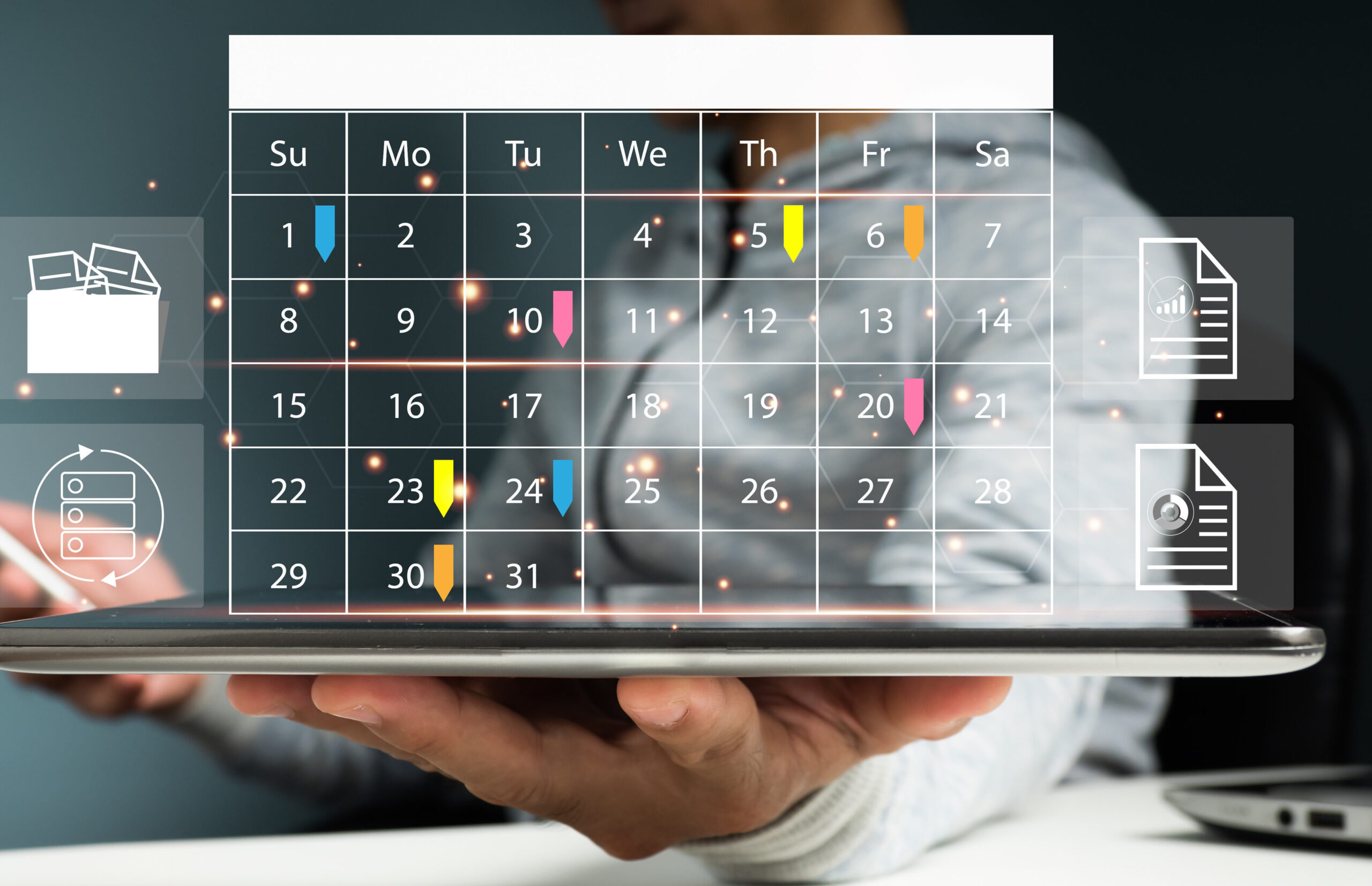A new guide helps leaders bridge the digital divide for older residents in affordable housing communities, and its learnings apply to other senior living providers. “Boosting Digital Health Literacy for Older Adults in Affordable Housing” shares lessons on improving digital access and literacy for low-income older adults drawn from Lighthouse for Older Adults, a California pilot project.
The project was developed as a partnership among the Front Porch Center for Innovation and Wellbeing, Eskaton, and the Center for Information Technology Research in the Interest of Society (CITRIS) Health. Front Porch is a LeadingAge Provider Member.
While the program will give residents devices, Lighthouse understands that broadband access alone is not enough to connect older adults. The program includes training opportunities and support through one-on-one and group social interactions.
The Lighthouse approach includes using surveys to learn about residents’ and staff’s needs, called the “empathy step,” instead of making assumptions about those needs. Preparing for resident participation is part of the process, as are digital literacy training and tech support and device selection choices.
A central concept is that of Resident Ambassadors, whom the program trains and then taps to generate enthusiasm and tech skills among fellow residents. The program trains Resident Ambassadors and staff, and prepares resident welcome kits, before it distributes devices to residents.
The guide also suggests ways to maintain engagement, such as starting a tech help desk, holding refresher workshops, announcing events tied to technology such as asking residents to post photos of themselves in holiday outfits, and using technology and devices for other activities such as chair yoga. Evaluations are also part of program success.
Benefits
The guide shares these and other benefits of the Lighthouse project.
- Reduced Language Barriers: In the California pilot projects, language barriers prevented many residents from participating in technology initiatives. Lighthouse offered its training in 14 languages, which included more residents. An unexpected benefit was that residents who learned how to use features such as Google Translate were able to communicate for the first time with residents who speak other languages.
- Better Communication with Staff: With increased digital access, staff can share time-sensitive information, such as emergency response or power outage notifications, with residents more efficiently.
- Greater Engagement and Health Access: For some residents, digital access and health literacy reduced their isolation and gave them greater access to services through health portals and other mechanisms. Preliminary evaluations made it difficult to know the effects on health outcomes.
To learn more, download “Boosting Digital Health Literacy for Older Adults in Affordable Housing.”
LeadingAge CAST Resources
For more ideas on starting a tech support program, see the Resident/Client Technology Support and Training White Paper and Guide from LeadingAge CAST. The guide presents various support, training, and business models for providing resident/client technology support.
For a provider’s perspective, read the LeadingAge CAST case study “Supporting Residents’ Technology through In-House Support Program.” It shows how a tech concierge helped residents at Cypress Cove adopt new technologies like Amazon Alexa and Apple Watch.

 Shutdown Week Three: Impact of Ongoing Closure on Affordable Housing
Shutdown Week Three: Impact of Ongoing Closure on Affordable Housing CMS Debuts Models: ACCESS, ELEVATE and LEAD
CMS Debuts Models: ACCESS, ELEVATE and LEAD


